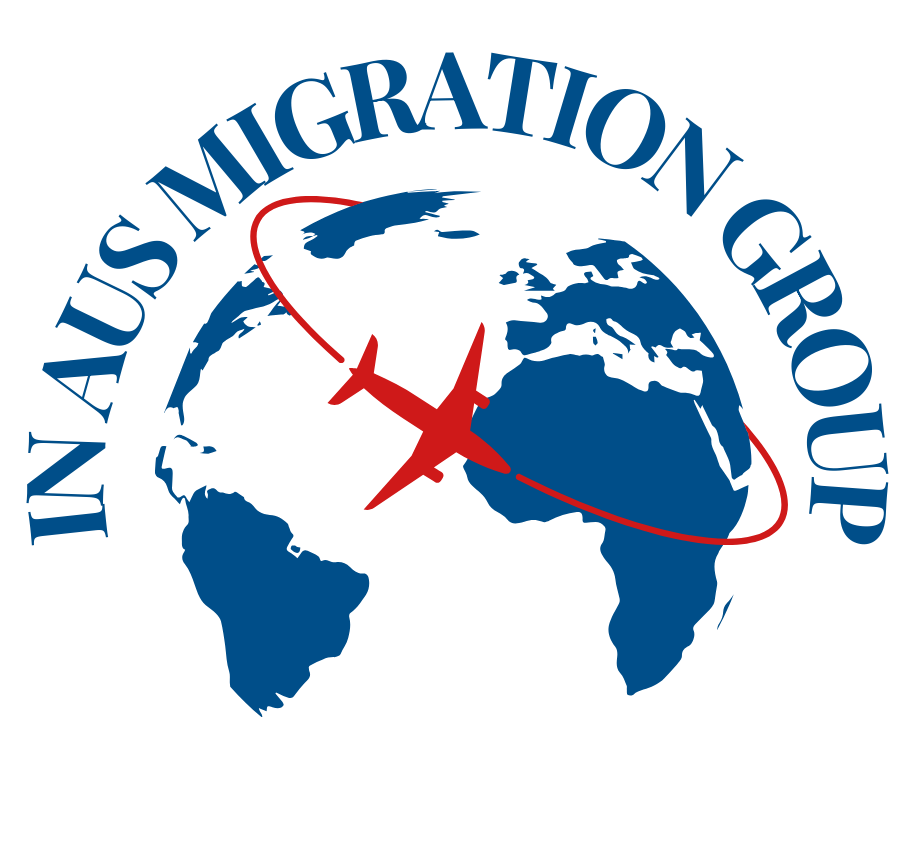Family Visas
Australia offers a range of family visas that allow eligible individuals to reunite with their loved ones. Whether you want to bring your partner, parents, children, or other family members to Australia, visa options are designed to suit different circumstances. These visas provide temporary or permanent residency pathways, depending on eligibility criteria such as sponsorship, relationship status, and financial capacity. Our expert team can guide you through the application process, ensuring a smooth and successful outcome for your family’s migration journey.
-
Australia offers various partner visa options for spouses, de facto partners, and fiancés of Australian citizens, permanent residents, or eligible New Zealand citizens. These visas allow couples to live together in Australia, with pathways to permanent residency.
Types of Partner Visas:
Partner Visa (Subclass 820/801) – Onshore
Subclass 820 (Temporary Visa): Allows de facto partners or spouses to stay in Australia while awaiting a decision on their permanent visa.
Subclass 801 (Permanent Visa): Granted after fulfilling relationship and residency requirements.
Partner Visa (Subclass 309/100) – Offshore
Subclass 309 (Provisional Visa): Temporary visa for partners applying from outside Australia.
Subclass 100 (Permanent Visa): Can be granted after meeting eligibility criteria for a long-term relationship.
Prospective Marriage Visa (Subclass 300)
For engaged partners who wish to come to Australia to marry their Australian fiancé(e) within nine months and later apply for a partner visa.
-
Australia offers several parent visa options for those who wish to reunite with their children who are Australian citizens, permanent residents, or eligible New Zealand citizens. These visas provide pathways for temporary or permanent residency, depending on eligibility and sponsorship requirements.
Types of Parent Visas:
Contributory Parent Visa (Subclass 143 – Permanent & 173 – Temporary)
Subclass 143 (Permanent): A faster pathway to permanent residency but requires a higher visa application charge.
Subclass 173 (Temporary): Allows parents to stay in Australia for up to two years, with the option to apply for permanent residency via the Subclass 143 visa.
Parent Visa (Subclass 103 – Permanent)
A permanent residency visa with a lower cost but a significantly longer processing time.
Aged Parent Visa (Subclass 804 – Permanent)
For parents who are old enough to receive the Australian Age Pension and are applying from within Australia.
Contributory Aged Parent Visa (Subclass 864 – Permanent & 884 – Temporary)
Subclass 864 (Permanent): A faster permanent visa option for aged parents, with higher costs.
Subclass 884 (Temporary): A two-year temporary visa with the option to apply for permanent residency via Subclass 864.
-
Australia provides various child visa options for children of Australian citizens, permanent residents, or eligible New Zealand citizens. These visas allow children to live in Australia permanently or temporarily, depending on the visa type and circumstances.
Types of Child Visas:
Child Visa (Subclass 101 – Offshore & 802 – Onshore)
Subclass 101 (Offshore): For dependent children applying from outside Australia to live permanently with their parents.
Subclass 802 (Onshore): For children already in Australia who wish to stay permanently with their parents.
Adoption Visa (Subclass 102 – Offshore)
For children adopted (or in the process of being adopted) by Australian citizens, permanent residents, or eligible New Zealand citizens.
Orphan Relative Visa (Subclass 117 – Offshore & 837 – Onshore)
Subclass 117 (Offshore): For children outside Australia whose parents are deceased, unable to care for them, or missing, and who have an eligible relative to sponsor them.
Subclass 837 (Onshore): Similar to Subclass 117, but for children already in Australia.
Dependent Child Visa (Subclass 445 – Temporary)
For children whose parents hold a temporary Partner Visa (Subclass 309 or 820) and are awaiting a decision on their permanent Partner Visa.
-
Australia offers various visas for relatives of Australian citizens, permanent residents, or eligible New Zealand citizens who wish to reunite with their families. These visas allow eligible family members to live in Australia temporarily or permanently, depending on the visa type.
Types of Relative Visas:
Remaining Relative Visa (Subclass 115 – Offshore & 835 – Onshore)
Subclass 115 (Offshore): For individuals outside Australia who have no close relatives other than their Australian citizen or permanent resident family members.
Subclass 835 (Onshore): Similar to Subclass 115 but for applicants already in Australia.
Aged Dependent Relative Visa (Subclass 114 – Offshore & 838 – Onshore)
Subclass 114 (Offshore): For elderly relatives who are financially dependent on an Australian citizen, permanent resident, or eligible New Zealand citizen.
Subclass 838 (Onshore): Same as Subclass 114 but for those already in Australia.
Carer Visa (Subclass 116 – Offshore & 836 – Onshore)
Subclass 116 (Offshore): For relatives outside Australia who need to move to Australia to provide long-term care for a family member with a medical condition.
Subclass 836 (Onshore): For those already in Australia providing care to an eligible relative.
Orphan Relative Visa (Subclass 117/837)
Subclass 117 (Offshore Visa): For children under 18 who have no parents able to care for them and are sponsored by an eligible relative in Australia.
Subclass 837 (Onshore Visa): Similar to Subclass 117 but for applicants already in Australia.

